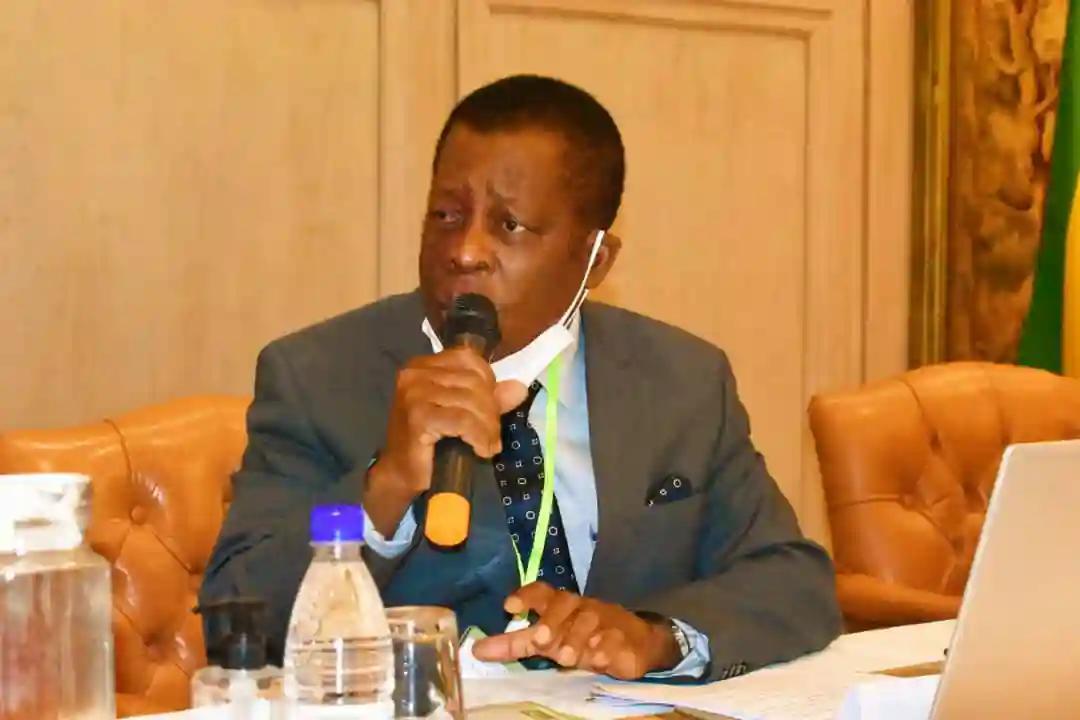Africa-Press – Zimbabwe. The Zimbabwe Electricity Supply Authority (ZESA) Holdings says the current gap between electricity demand and supply will continue in the medium term.
Zimbabwe requires 1 850 megawatts per day and on Friday the country was generating 1 285 megawatts, with 41 megawatts coming from independent power producers (IPPs), while Kariba and Hwange were producing 570 megawatts and 674 megawatts respectively.
ZESA Executive Chairperson, Sydney Gata told ZBC News that the ongoing load shedding is attributable to subdued generation capacity at Kariba South Hydro Power Station.
Gata revealed that Kariba South hydropower station currently generates 300 megawatts against an installed capacity of 1050 megawatts.
This comes after the Zambezi River Authority (ZRA) restricted water allocations for power generation due to low water levels in the Kariba Dam. Said Gata:
Generally, power supply in the short to medium term will continue to be a challenge. The predominant factor here is the hydrology of the Zambezi River which seems to be affected by climate change.
We have 1 050 megawatts of installed capacity at Kariba South. We have been directed to only use 300 megawatts of capacity which means we have lost 750 megawatts which is 50 percent of the dependable capacity of Zimbabwe’s power.
He said ZESA has come up with a contingency plan that will address the power situation in the medium to long term. Gata said:
We now have contingency plans made possible, we have already received power station proposals from IPPS who want to finance their own power stations, and coal power base load plants.
They will aggregate that to 1600 megawatts. This is because we now have a cost-reflective tariff. We are also sitting on over 100 licences for small renewable energy IPP projects.
The construction of two new units at Hwange Power Station (7 and 8) to generate a combined 600 megawatts has not resulted in reduced load shedding.
Unit 7 tripped two weeks before it was due for Class C maintenance resulting in longer power cuts. Unit 8 is set to be taken off the grid soon as it is also due for Class C maintenance.
For More News And Analysis About Zimbabwe Follow Africa-Press






